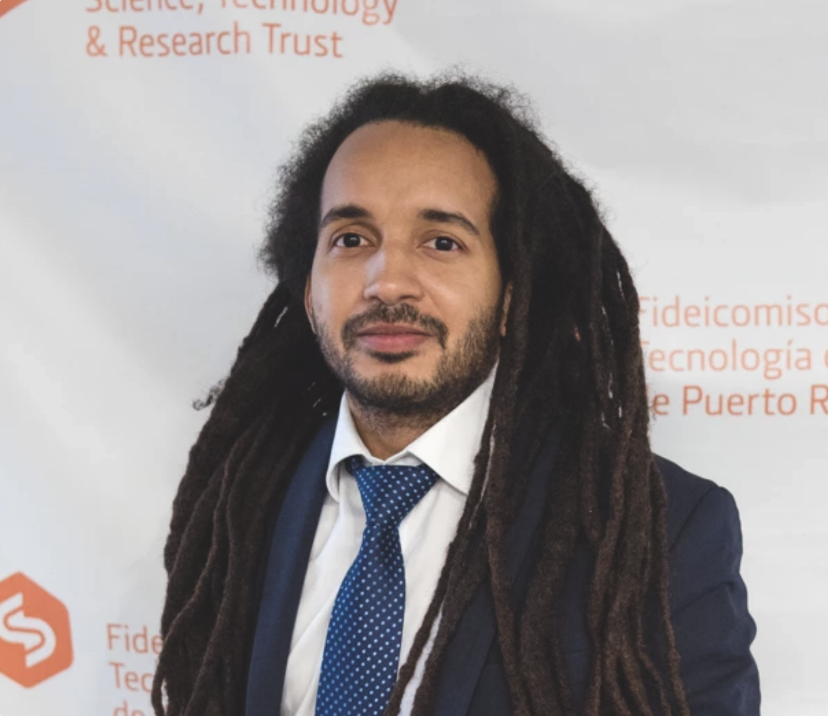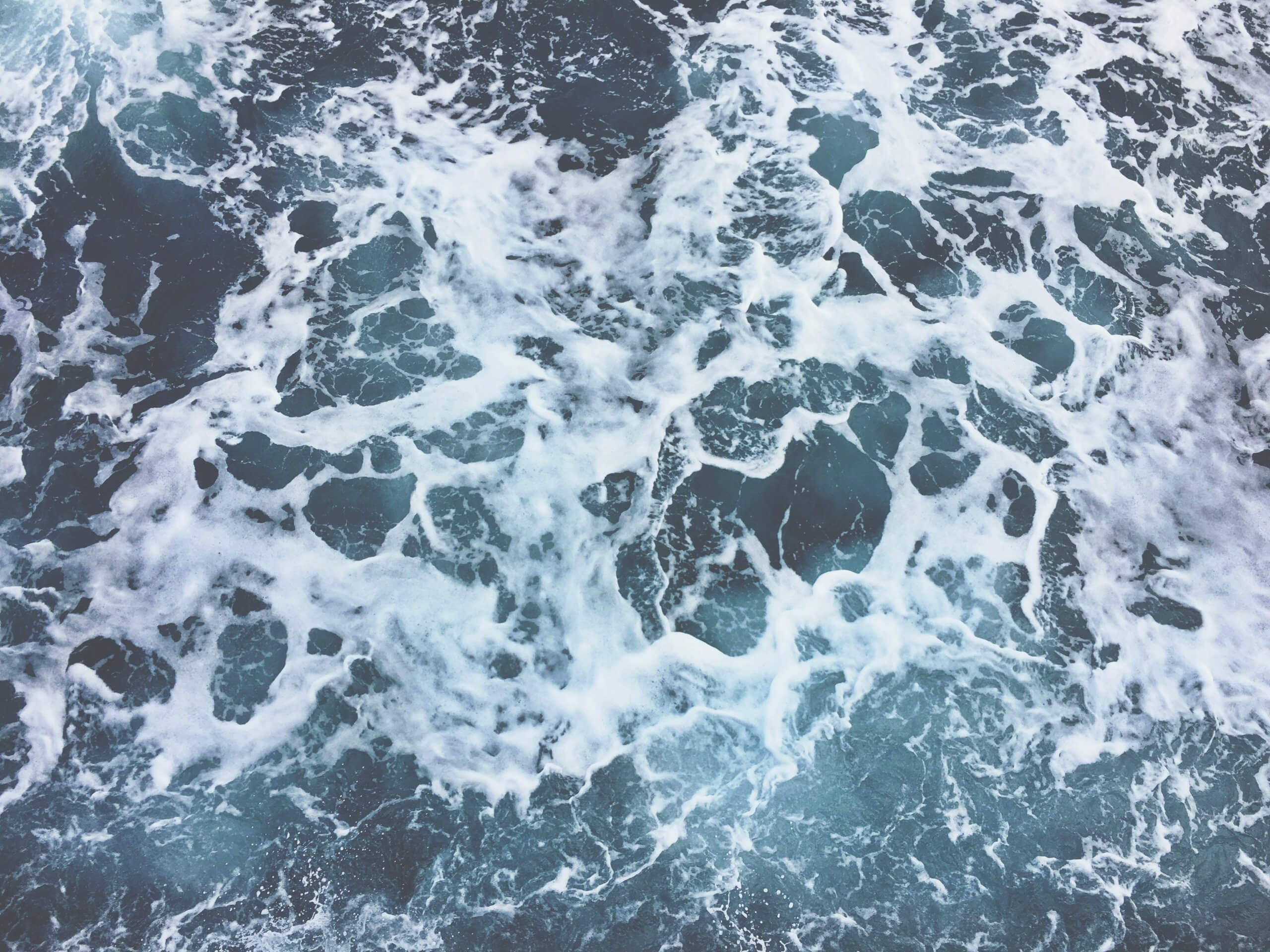Straight From The Scientist: Stephanie Hampton
By Kristin Carden. Published November 17, 2015
Categories: Interviews, Leadership, Science
Tags: inspiring, journalists, know your audience, networks, opportunity, outreach, practice, So What?
I recently returned from my first two-day, intensive COMPASS communications training at Washington State University (WSU). I had the chance to catch up with the driving force behind the training: Dr. Stephanie Hampton, Director of WSU’s Center for Environmental Research, Education and Outreach (CEREO). We chatted about the training, the important contributions scientists can make in informing the public and decision-makers about pressing environmental issues, and the need for institutions to support scientists to engage. Here are some highlights from our conversation:
Dr. Stephanie Hampton, Director of WSU’s Center for Environmental Research, Education and Outreach (CEREO).
Why did you want to bring COMPASS to WSU?
“I had the opportunity to organize a number of COMPASS trainings and workshops for the National Center for Ecological Analysis and Synthesis (NCEAS) at the University of California, Santa Barbara. From these experiences, I knew how successful COMPASS trainings could be. However, the faculty at WSU was not familiar with this type of training—which presented a huge opportunity, as well as a huge risk. I believed the community was poised for this opportunity, and the time was right for them to obtain the tools they needed to communicate science more directly to the public.”
What surprised you about the training?
“How willing people are to open up and make themselves vulnerable. There is always some worry about how people will respond to this type of a training, how they will respond when they feel vulnerable. I was surprised and inspired to see everybody wholeheartedly join in the experience and feel they were getting something out of it. There were moments when I was worried—when I saw a look on an individual’s face that made me wonder whether they’d been pushed too far—and then an hour later they were telling me how wonderful this experience was and how grateful they were for the opportunity. The feedback has been 100% positive. You also can’t underestimate the team-building aspect of this experience, which comes in part because everyone feels so vulnerable. They all became invested in each others’ success.”
What was the most valuable thing you learned in the training?
“I wore two hats in this training: one as Director of CEREO, and one as a research scientist. As the director of the research center, it was gratifying to have provided this opportunity for my colleagues, and to have begun the process of building a research community that is better prepared to interact with the public. As a scientist, I am always astonished at how hard we have to keep working on our skill set. I’ve been a part of these trainings several times and realize that anytime I have a new topic, I have to practice at it. I was reminded how challenging it is to start from that place where your head is totally in the science, and you’re trying to figure out how to convey what you’re doing and why it’s important. It’s useful to work through that process in the environment a COMPASS training provides.”
How are your colleagues taking what they’ve learned and applying it?
“A lot of people have followed up with the journalist trainers; people are trying to take what they learned and put it into practice. We have also tried to capitalize on what we started growing during the training in terms of community. For example, last week a couple of graduate students (who were not involved in the training) were going to do a ‘science pub night’ to talk about their science. I invited all the training participants over to my house beforehand, and those that were able went to the pub night to support the students.”
What’s the next step for you and your institution in supporting scientists to engage?
“We are going to keep doing the type of informal networking and team building I just described. We are also scheduling an informal lunch discussion for participants interested in learning how to engage through social media—specifically Twitter.”
How do you think institutions can more effectively support scientists to engage?
“They can provide trainings like this. Many people in the scientific community and in our funding community recognize that communications training should be a part of graduate education—there should be more exposure to working with the media, more practice communicating science to the general public—so that we don’t end up in a situation where people are starting at ground zero mid-career.”
To learn more about COMPASS trainings, see our website.



